Welcome to Tidy Himalaya
Discover the magic of the Himalayas with Tidy Himalayas, your trusted partner for trekking, peak climbing, and adventure tours across Nepal, Bhutan, and Tibet. With over 16 years of experience, we craft personalized journeys that blend breathtaking landscapes, cultural richness, and authentic adventure.
Whether you're conquering Everest Base Camp, immersing yourself in Nepal’s vibrant heritage, or seeking a serene escape in Bhutan, we ensure a seamless, safe, and unforgettable experience. Our expert local guides, sustainable travel practices, and commitment to excellence make every journey with us extraordinary.
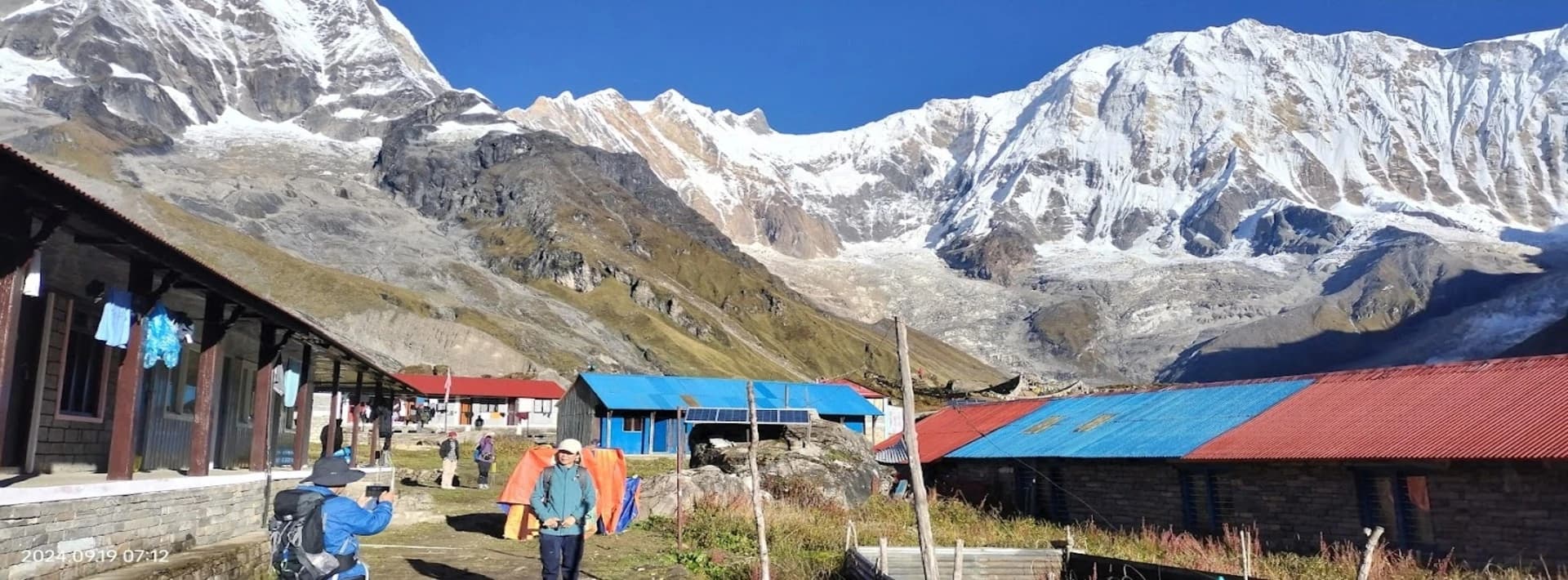
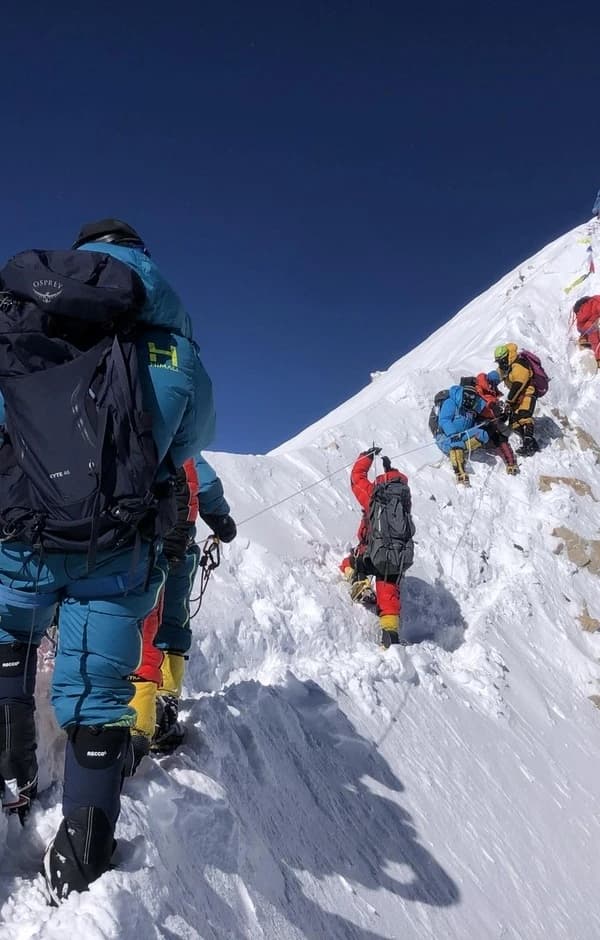
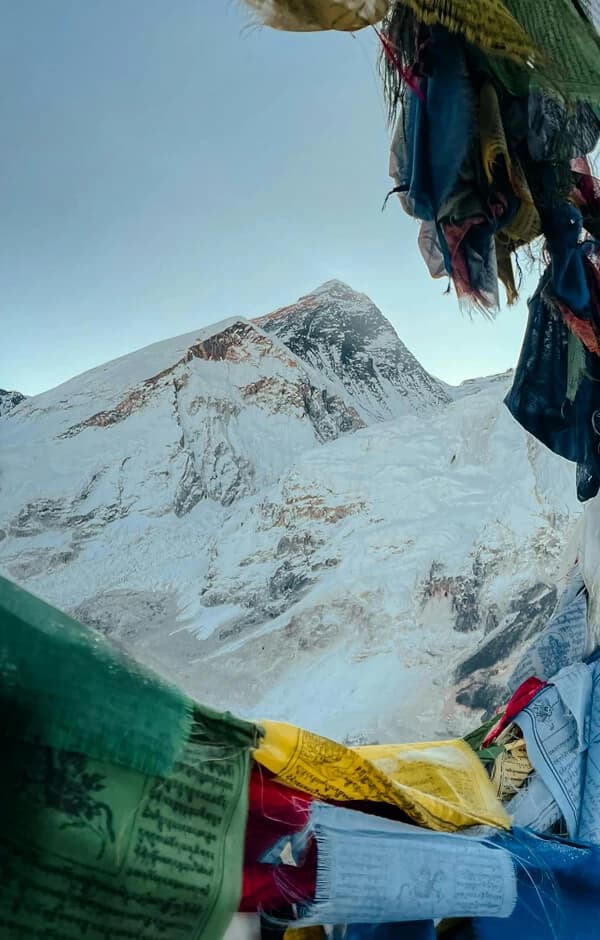
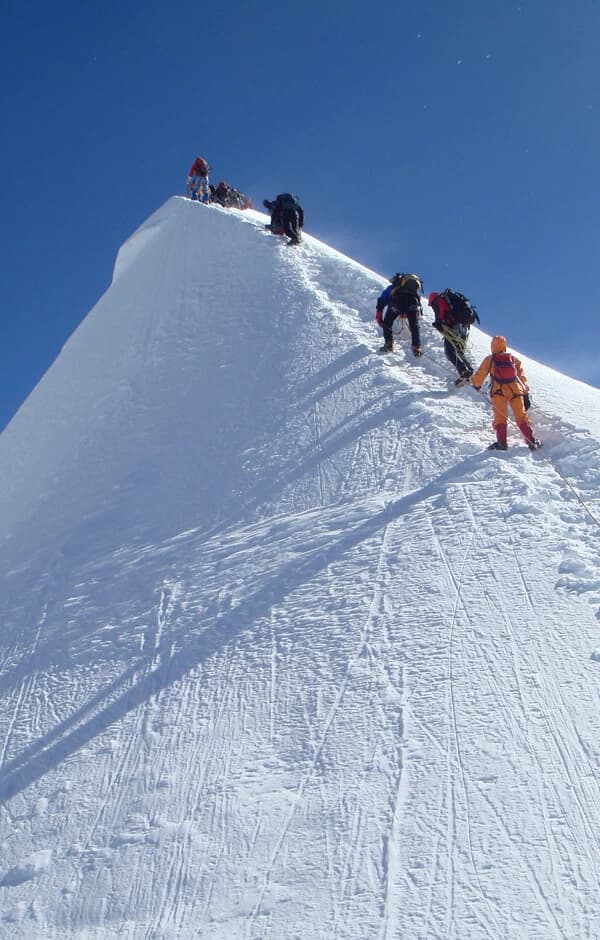
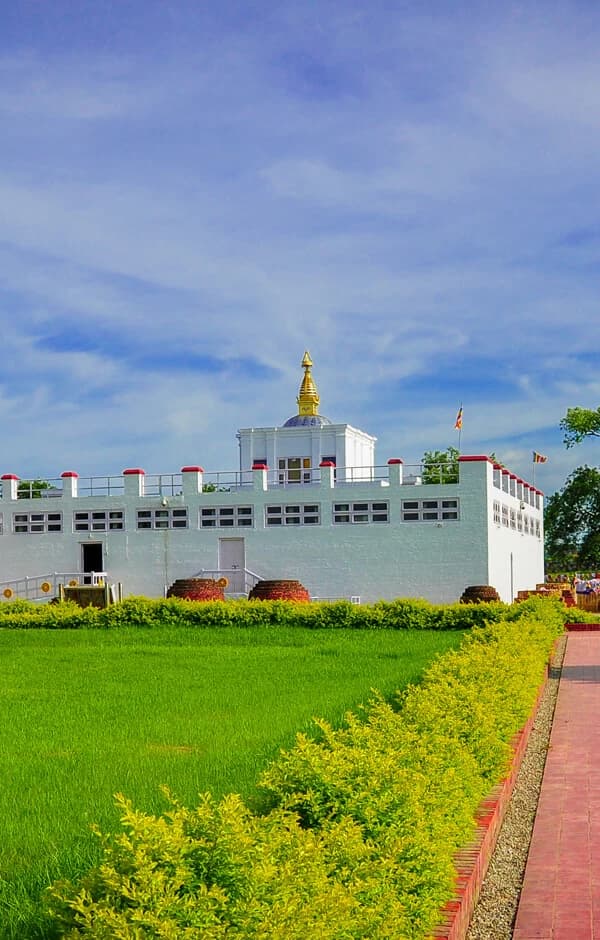
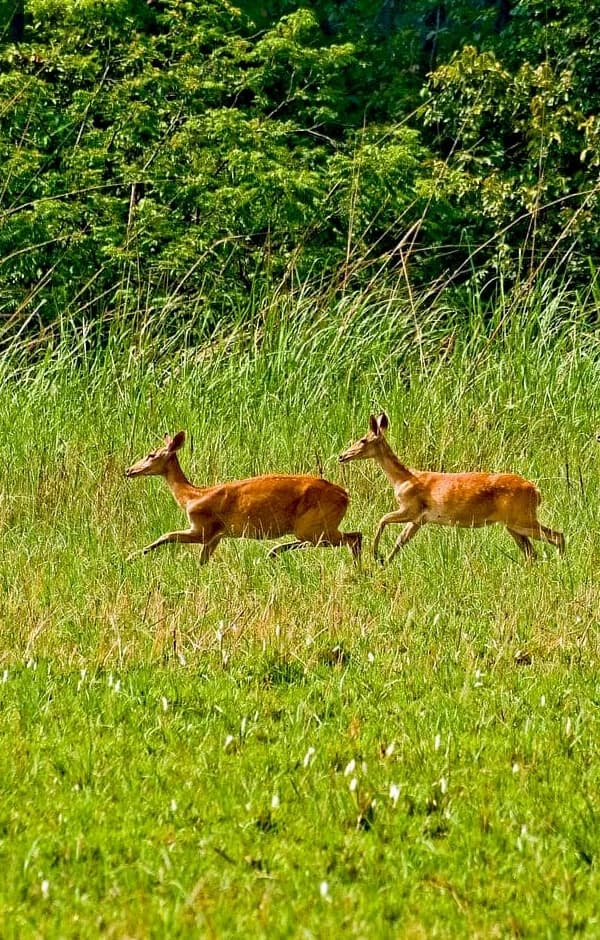
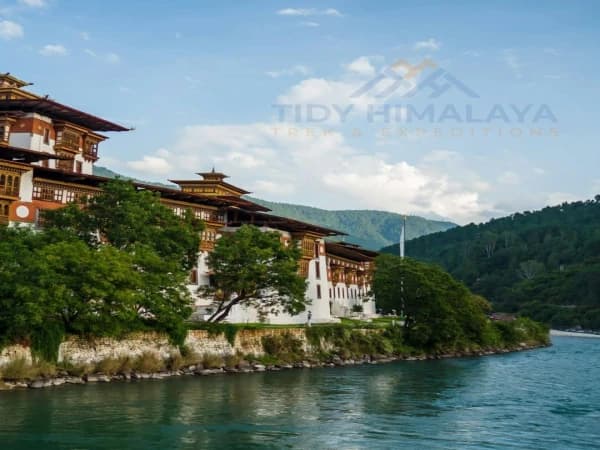
.webp&w=1200&q=75&dpl=dpl_2PwU5ZDv8uoJ3KrzEVbz8N547HgX)
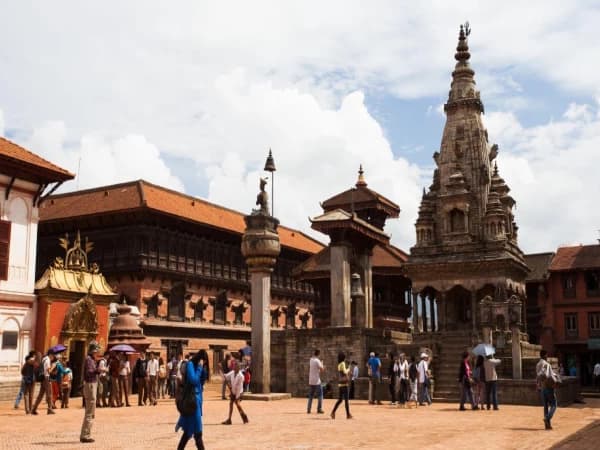
.webp&w=1200&q=75&dpl=dpl_2PwU5ZDv8uoJ3KrzEVbz8N547HgX)
.webp&w=1200&q=75&dpl=dpl_2PwU5ZDv8uoJ3KrzEVbz8N547HgX)
.webp&w=1200&q=75&dpl=dpl_2PwU5ZDv8uoJ3KrzEVbz8N547HgX)
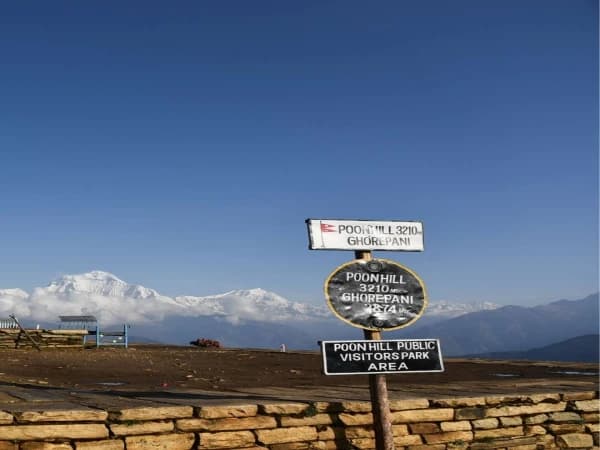
.webp&w=1200&q=75&dpl=dpl_2PwU5ZDv8uoJ3KrzEVbz8N547HgX)


.webp&w=1200&q=75&dpl=dpl_2PwU5ZDv8uoJ3KrzEVbz8N547HgX)
.webp&w=1200&q=75&dpl=dpl_2PwU5ZDv8uoJ3KrzEVbz8N547HgX)
.webp&w=1200&q=75&dpl=dpl_2PwU5ZDv8uoJ3KrzEVbz8N547HgX)